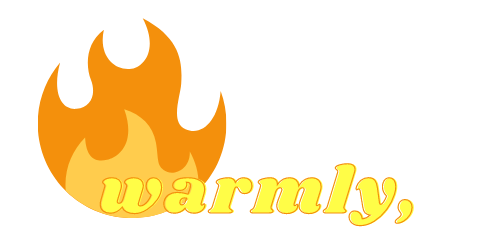In so many ways, we were mistaken. We thought plastics were good, clean, durable, easy to clean. (Too easy.) We thought cars were freedom, taking us so far from where we were. The open road to nowhere, now so clogged with pollution. We never thought the plastics would choke us–that our plastic trash would strangle animals, too. We never thought that the freedom we enjoyed would constrain us. And those who did think, didn’t say, or weren’t allowed to.
Plastics and combustion engines have both only been around for about a century and a half, but they’ve wrought plenty of damage in that time. Synthetic polymers were first, apparently, developed as an alternative to ivory. Think of that: to save the elephants, we killed the turtles. The first fully synthetic plastic material, made in 1907, was used to support the rapid electrification of America. Ironically, we now need (possibly plasticky) electrification more than ever, to counteract emissions from that other pesky invention, the combustion engine.
Since their development, plastics have continued to proliferate and engines have continued to combust, driving exceptional exponential growth that’s choking our oceans, our earth, our bodies. We all have little bits of plastic in our bodies. We no longer have memories without plastic; everything we do is recorded by phones made of plastic in plastic cases, stored on datacenters with plastic elements. Who’s to say what that will do in the long run, not just to our bodies but our minds, which can no longer remember right without some digital assistance?
It is easy to say that we would have done something differently. It is easy to hope. But all of us who have been around for more than 10, 20 years–we have known. We have done little, not enough, perhaps nothing. We have driven and plasticked. We have not taken a stand. We have thrown away the single-use packaging, time and time again. We forgot our reusable bags.
If we thought we could simply recycle our way out of it, we might also have been mistaken. First China stopped paying for our waste; then we found ourselves unable to pay to recycle it–even when using harmful chemicals to do there. With failed plastics recycling plants (and their associated solvents) potentially building up, how will we pay to stop the suffocation? Carbon can be captured, they say, its effects buried in rock forever. What can plastic be–burned, on purpose? (Not to good effect.) Certainly its components are already flaring up by accident.
Plastic. We bought more, we breathed it, and it became us. We went into the vehicle, we carried the plastic bag into the metal box. We drove on and we became the vessel, our body birthing plastics, little polymer boats floating in our blood. We keep being mistaken. Will we wake in time?















